In today’s fast-paced world, kitchen appliances that save time and effort are more important than ever. Two of the most popular options are the air fryer and the microwave. Both are designed to simplify cooking, but they serve very different purposes. So which one is better for your kitchen? Let’s break it down.
What’s the Difference Between an Air Fryer and a Microwave?
At their core, both appliances use different technologies:
Microwave ovens use electromagnetic waves to heat the water molecules inside food. They are great for reheating, defrosting, and cooking soft dishes quickly.
Air fryers use rapid hot air circulation to cook food. They deliver a crispy, oven-like texture without the need for deep frying, making them ideal for crunchy and roasted dishes.
| Food Type | Air Fryer | Microwave |
|---|---|---|
| French Fries | Crispy, golden, and oil-free | Soft and soggy |
| Chicken Wings | Crunchy exterior, juicy inside | Often rubbery or dry |
| Vegetables | Roasted with light crisp | Steamed, can get mushy |
| Reheating Pizza | Re-crisps the crust | Makes crust chewy or soggy |
| Frozen Meals | Requires longer time | Ready in minutes |
| Baking Cookies | Yes, with a crisp finish | Not ideal for baking |
Is An Air Fryer Healthier Than a Microwave?
Yes, in many cases, air fryers can be considered healthier than microwaves, especially when it comes to cooking methods that would otherwise involve frying in oil. Air fryers use rapid hot air circulation to cook food, allowing you to get a crispy texture with little to no oil, which significantly reduces calorie and fat content.
Microwaves, on the other hand, are excellent for reheating or steaming, but they don’t improve the texture of food or remove fat during cooking. While both appliances preserve nutrients fairly well, air fryers often lead to less greasy meals and more satisfying textures, making them a preferred choice for health-conscious cooking.
Do Air Fryers Use Radiation?
No, air fryers do not use radiation. They operate using a convection heating method, where a heating element produces hot air and a fan circulates it rapidly around the food. This process crisps the exterior while cooking the inside evenly—similar to an oven, but faster.
How Much Electricity Does an Air Fryer Use?
Air fryers are generally energy-efficient. Most models consume between 800 to 2000 watts per hour, depending on their size and power settings. On average, a 1500W air fryer used for 30 minutes will consume around 0.75 kWh, which is often less than a conventional oven for the same cooking time.
Compared to microwaves—which typically use around 700 to 1200 watts—air fryers may use slightly more power, but they often cook more thoroughly and reduce the need for additional cooking or reheating.
Why More People Prefer Air Fryers Over Microwaves — With Real Influencer Recipes to Prove It
As more home cooks look for healthier, tastier, and more versatile cooking options, the air fryer is quickly rising above the microwave in popularity. While microwaves are still widely used for reheating or steaming, they often fall short when it comes to texture, flavor, and creativity in the kitchen. That’s where air fryers shine.
With an air fryer, you can achieve that crispy, golden finish—without deep-frying or adding excess oil. Meals come out with better taste and texture, and there’s a sense of satisfaction in preparing food from scratch, quickly and easily.
This shift in kitchen habits is clearly reflected in the content shared by today’s food influencers. Take, for example, two creators who recently showcased how they use air fryers to elevate everyday cooking:
1. Street-Style Snacks Made Easy with an Air Fryer
This influencer specializes in creating simple yet irresistible snack recipes, and this time, he used an air fryer to whip up a mouthwatering selection: grilled sausages, crispy potato wedges, juicy chicken drumsticks, and tender roasted eggplant. Every dish came out looking delicious, perfectly cooked, and visually appealing.
Although there’s no narration in the video, it’s clear from the footage that this air fryer is a true kitchen sidekick.
Why He Prefers This Air Fryer Over a Microwave:
Unlike a microwave, which often heats unevenly and leaves food soggy, the air fryer delivers crispy exteriors and juicy interiors—perfect for foods like sausages and chicken. The microwave can reheat, but it can’t replicate that oven-baked crunch or roasted finish that defines great snacks. The air fryer, by contrast, gives that delicious street-food texture at home, with none of the oil or mess.
Key Features We Believe He Loves About This Air Fryer:
- Fast Heating Technology: The transition from prep to plate is incredibly short, making it perfect for quick snacks or late-night bites—no waiting required.
- Even Cooking System: Despite no flipping mid-way, the sausages and drumsticks were evenly browned with crispy skin and juicy interiors.
- Oil-Free, Healthy Cooking: The entire cooking process involved little to no oil, yet the wedges turned out crispy—great for health-conscious food lovers.
- Multiple Preset Modes: Easy operation with pre-programmed settings eliminates the need to adjust time or temperature, ideal for beginners manually.
- Easy to Clean: After cooking dishes like eggplant and chicken, the basket remained relatively clean, making post-meal cleanup a breeze.
2. Perfect Veggies and Chicken Wings with a Reliable Air Fryer
The second influencer focuses on creating wholesome, colorful meals, and in this video, she prepares a delicious mix of vegetables and protein: crispy chicken wings, sautéed mushrooms, roasted asparagus, and perfectly cooked broccoli. Each dish came out golden, flavorful, and cooked to perfection—without a drop of oil splatter in sight.
According to her, the secret to success lies in two things: the right air fryer and the simple trick of lightly spraying oil on the vegetables to enhance texture and flavor.
Why She Thinks It’s Better Than a Microwave:
Microwaves are great for reheating, but they often steam vegetables into mush or dry out proteins. With this air fryer, she was able to retain the crispness of the vegetables and achieve perfectly roasted wings—results a microwave simply can’t replicate. The air fryer gave her the versatility to cook both fresh vegetables and proteins with consistently delicious results.
What She Loves About This Air Fryer:
- Consistent Temperature Control: Whether cooking delicate mushrooms or thicker chicken wings, this air fryer maintains even heat distribution—no overcooked edges or raw centers.
- Crispy Yet Tender Results: Thanks to the high-speed air circulation, vegetables like broccoli and asparagus stay vibrant and slightly crisp on the outside while tender inside.
- Perfect for Lean Proteins: The chicken wings come out with a crispy skin and juicy meat, without needing to deep fry or marinate for hours.
- Compact and Efficient: With just the right size, it's ideal for preparing one to two portions—great for solo cooks or couples.
- Easy Oil Control: The influencer emphasizes that a light spray of oil goes a long way in enhancing the final texture of veggies, and the air fryer helps retain their natural flavor without drying them out.
While microwaves are still convenient for reheating and steaming, air fryers offer a more dynamic and delicious way to prepare meals from scratch. Whether you’re cooking veggies, chicken wings, or snacks, the air fryer has become a modern kitchen essential that many households now prefer over traditional microwaves.
FAQs:
What Snacks Can You Make in An Air Fryer?
You can make a wide variety of snacks in an air fryer! Popular choices include:
- Potato wedges and fries
- Chicken nuggets or wings
- Mozzarella sticks
- Roasted chickpeas
- Air-fried sausage or hot dogs
- Eggplant slices or veggie chips
- Spring rolls or dumplings
Air fryers are ideal for creating crispy, golden snacks with less oil and fewer calories than deep frying.
How Do You Make Crispy Potato Wedges in An Air Fryer?
To get crispy potato wedges:
-
Cut potatoes into even wedges.
-
Soak them in cold water for 20–30 minutes (removes starch for extra crispiness).
-
Pat dry thoroughly.
-
Toss with a bit of oil, salt, pepper, garlic powder, and paprika.
-
Air fry at 200°C / 400°F for 18–22 minutes, shaking halfway through.
The result? Golden, crispy outsides and fluffy insides—a perfect snack or side dish.
How Long Does it Take to Cook Chicken Drumsticks in An Air Fryer?
Chicken drumsticks usually take 20–25 minutes at 180–200°C / 360–400°F, depending on size.
-
Flip halfway through for even browning.
-
Ensure internal temperature reaches 75°C / 165°F for safe eating.
You’ll get crispy skin on the outside and juicy meat on the inside—no need to deep fry.
Can I Cook Vegetables in An Air Fryer Without Losing Nutrients?
Yes, air frying helps retain more nutrients than boiling or deep frying. Because air fryers use hot air rather than submerging food in oil or water, most of the vitamins and minerals stay intact, especially with vegetables like broccoli, asparagus, and mushrooms.
Plus, the quick cooking time helps prevent overcooking and nutrient loss.
How Do I Keep Broccoli from Drying Out in the Air Fryer?
To avoid dry or burnt broccoli:
-
Lightly spray or toss the broccoli with oil—just enough to coat.
-
Air fry at 180°C / 360°F for about 8–10 minutes.
-
Shake the basket halfway through to cook evenly.
Adding a touch of lemon juice or garlic after cooking enhances flavor without adding moisture during the fry.
What’s the Best Way to Air Fry Chicken Wings?
For crispy, flavorful wings:
-
Pat the wings dry with paper towels.
-
Toss with baking powder (not baking soda) and your favorite seasonings.
-
Air fry at 200°C / 400°F for 25–28 minutes, flipping halfway.
Optional: Toss in sauce (like buffalo or honey garlic) after air frying for the perfect finish. They’ll be crispy outside, juicy inside—without the grease.
Should You Use Oil When Air Frying Vegetables?
Yes—a small amount of oil helps vegetables cook evenly and enhances crispness and flavor.
-
Use a light spray or toss with 1–2 teaspoons of oil.
-
This prevents drying out and helps seasoning stick.
It’s still much healthier than traditional roasting or frying, but adds big flavor and better texture to your veggies.
You may be interested in:

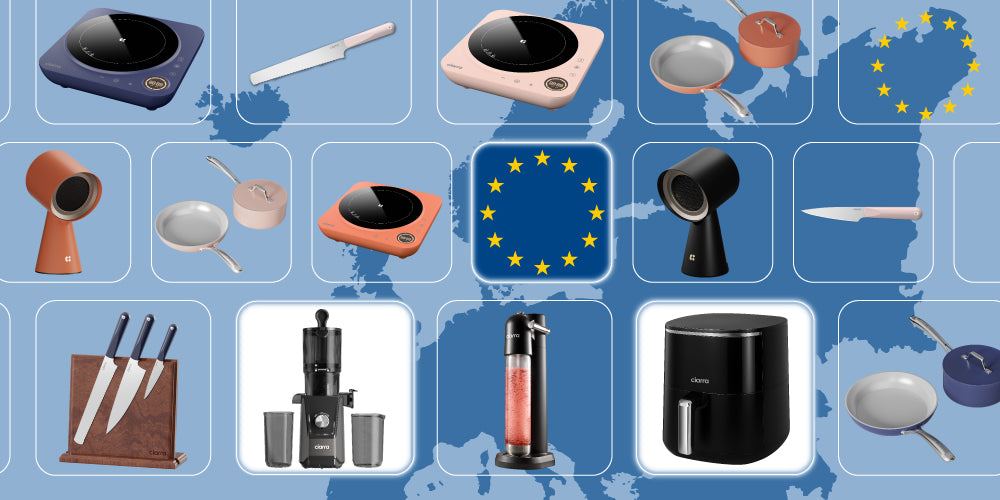
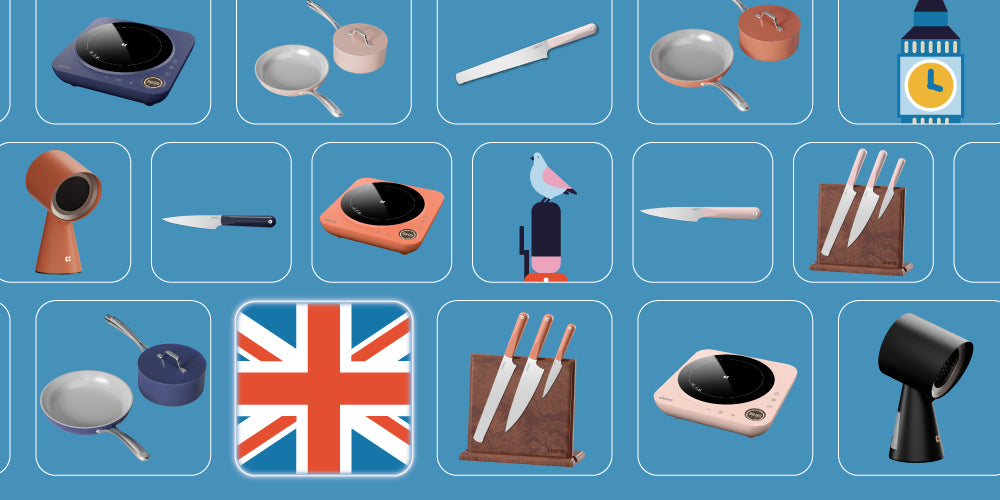

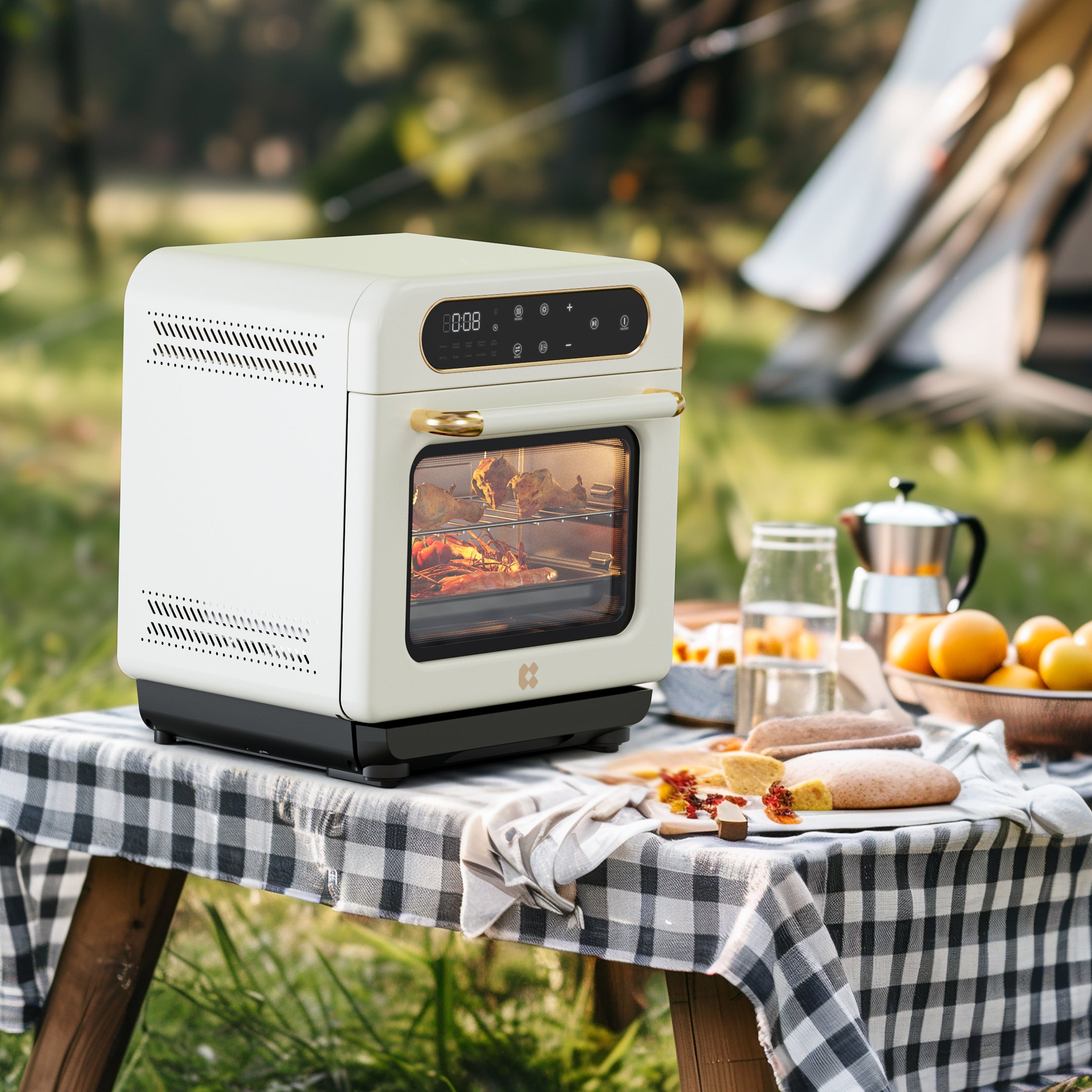
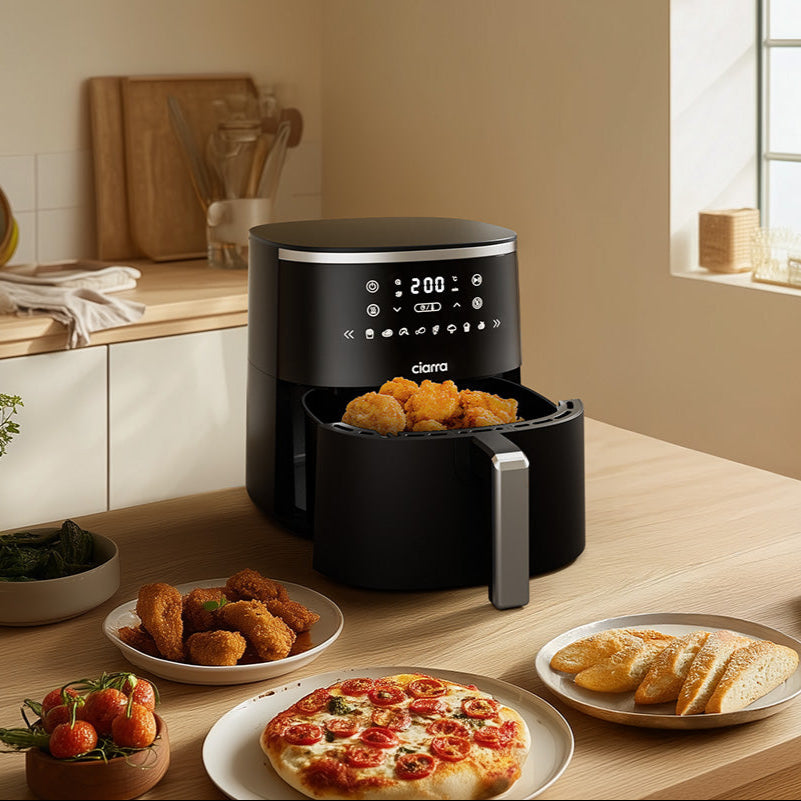
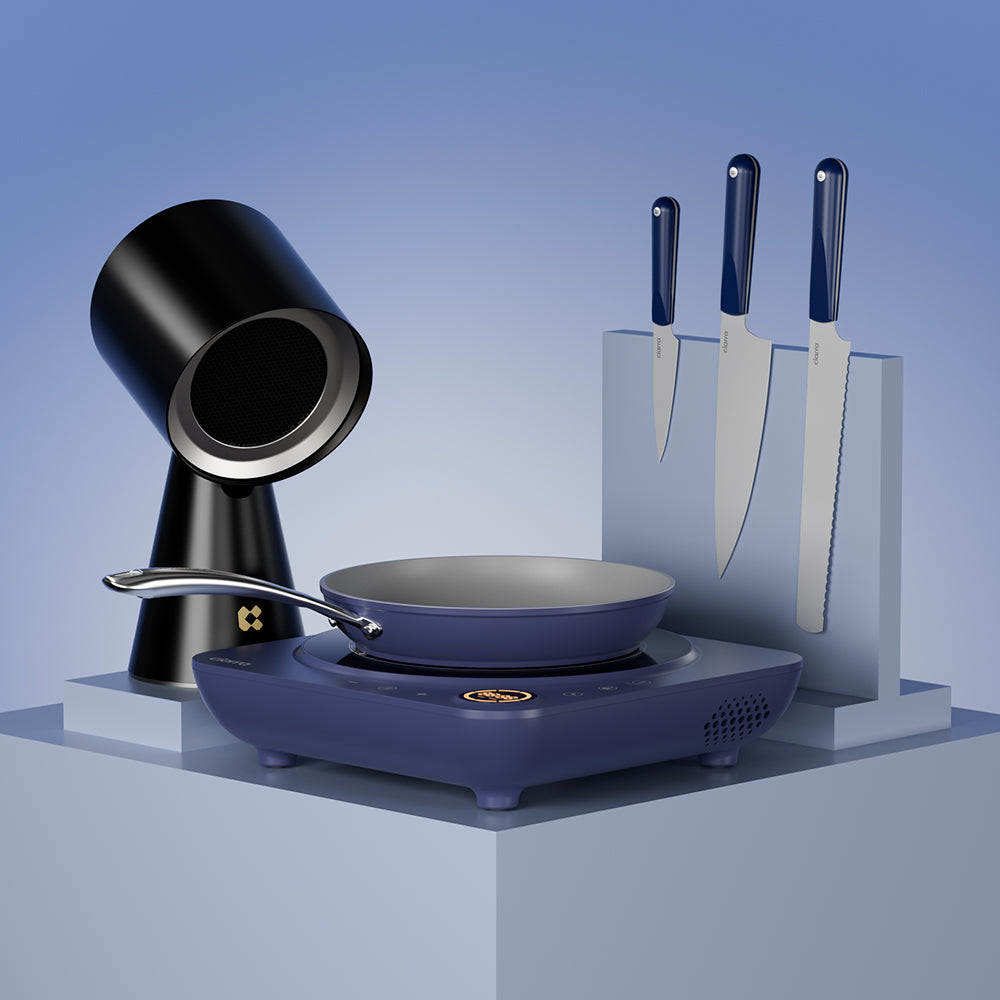

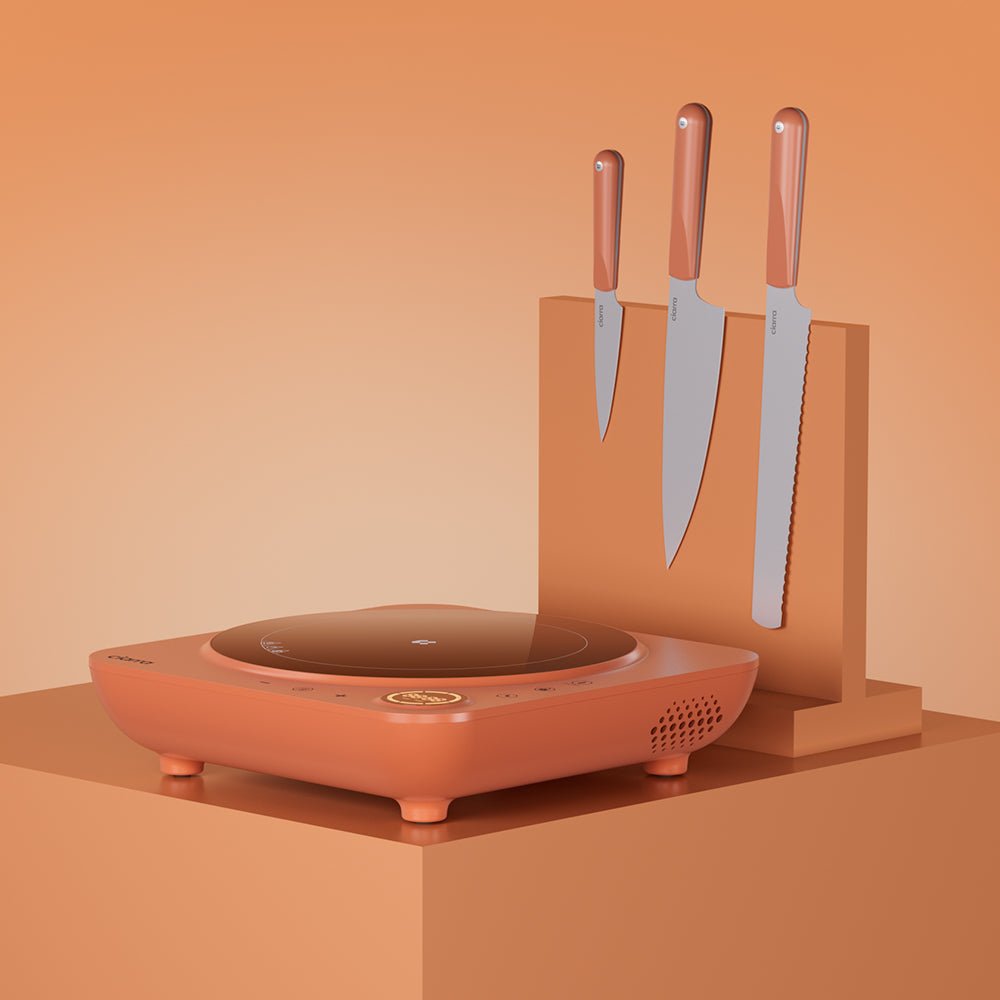
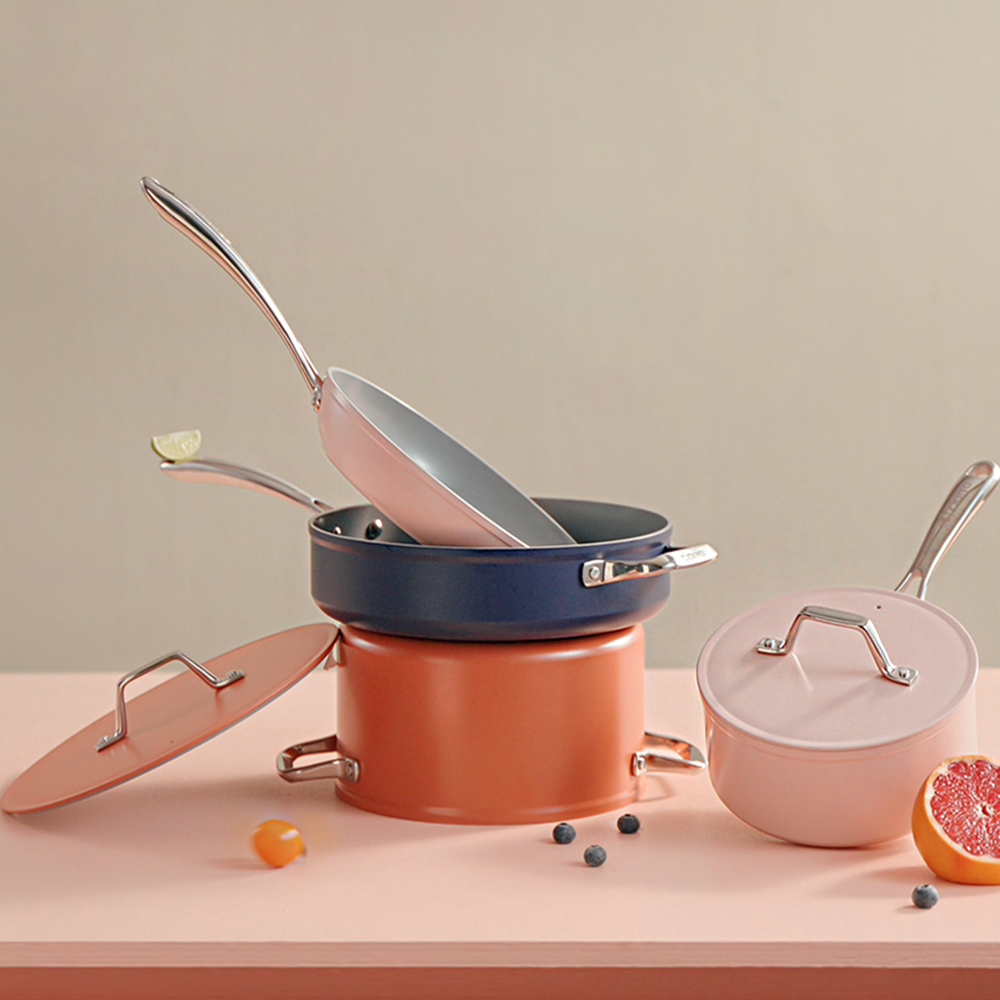
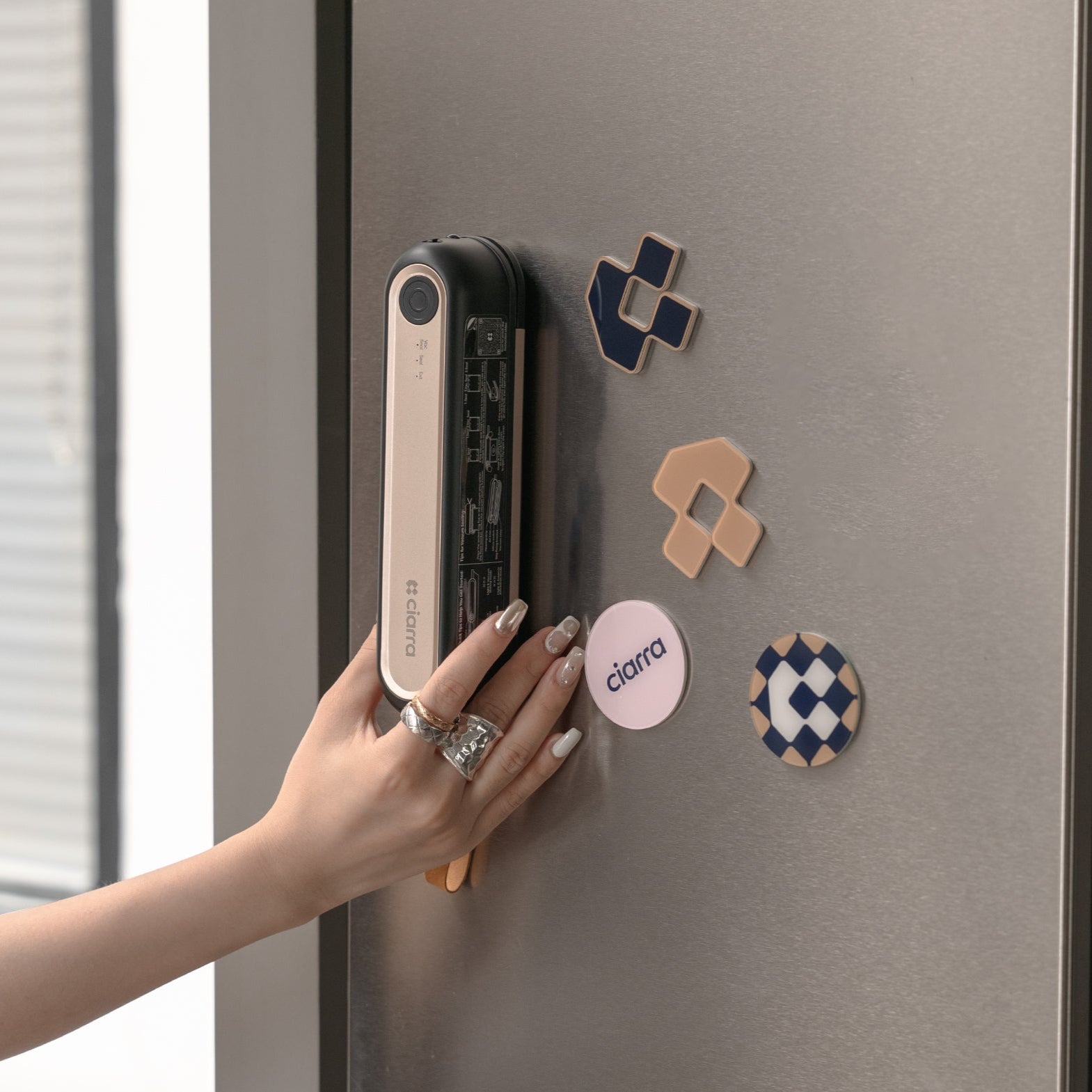
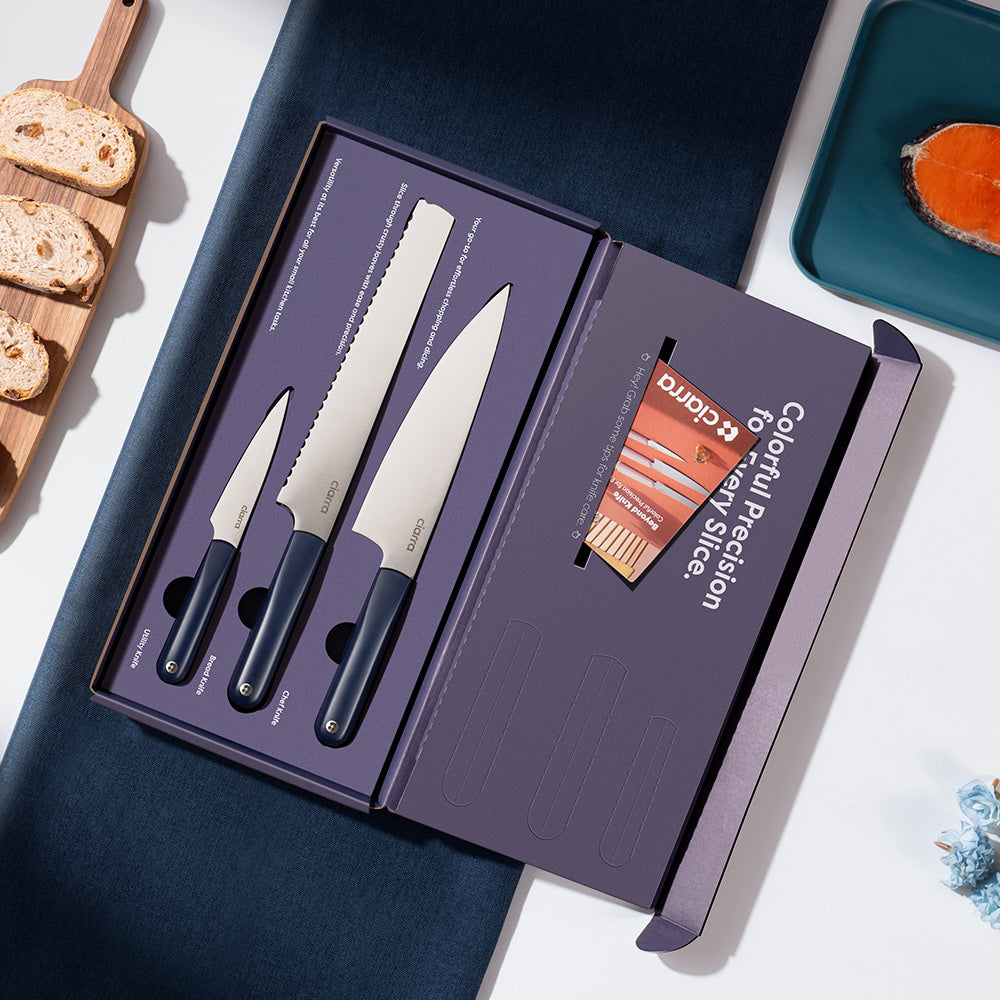

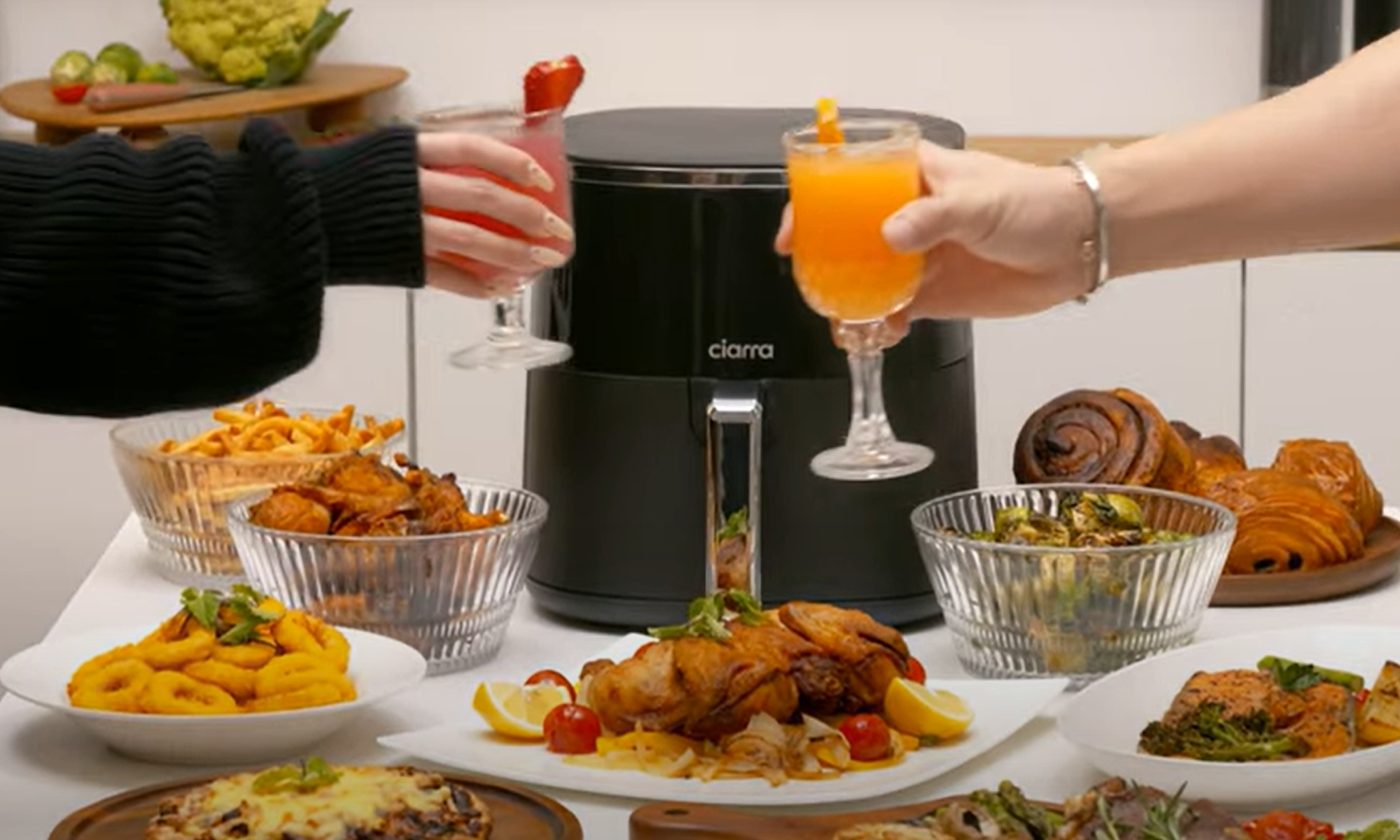
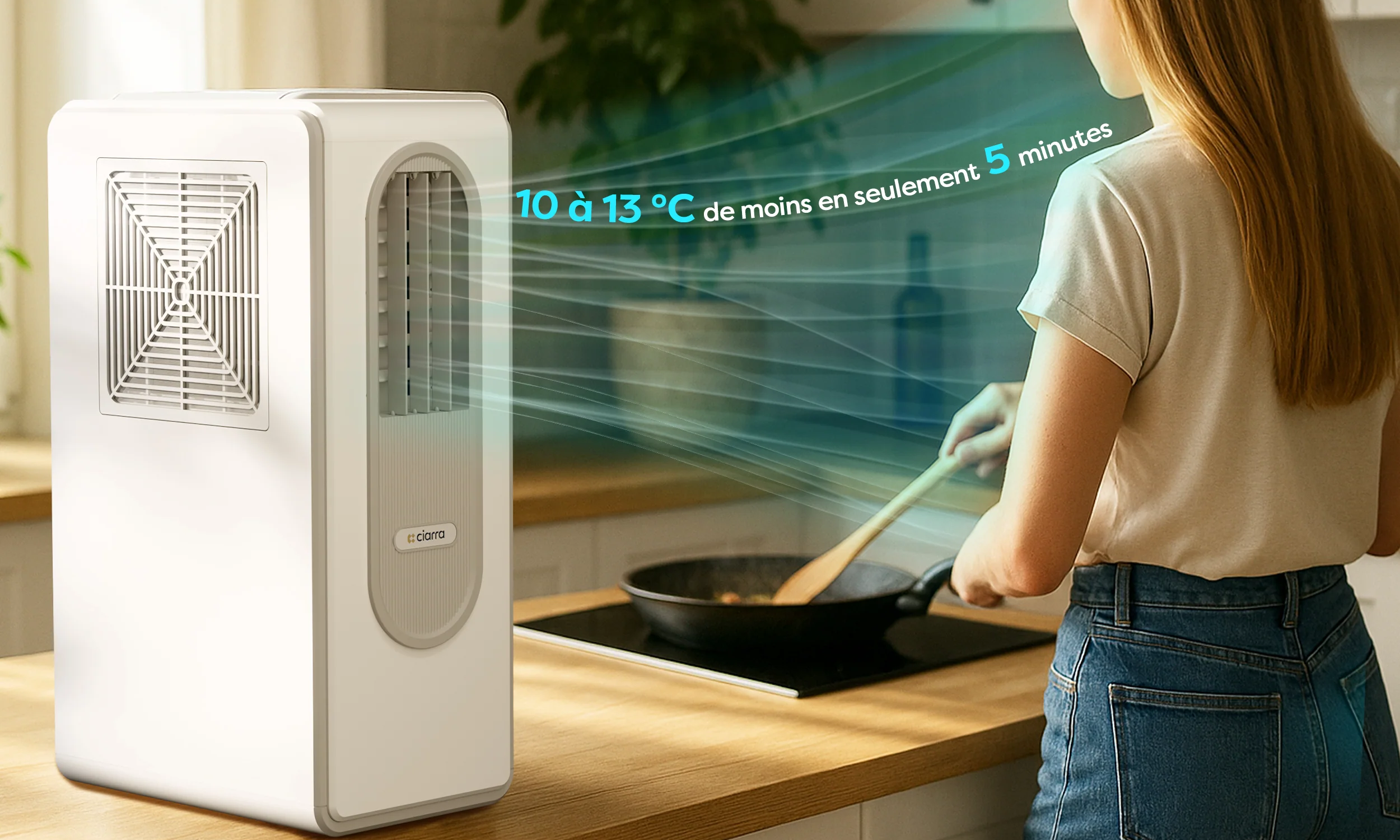
Leave a comment
All comments are moderated before being published.
This site is protected by hCaptcha and the hCaptcha Privacy Policy and Terms of Service apply.